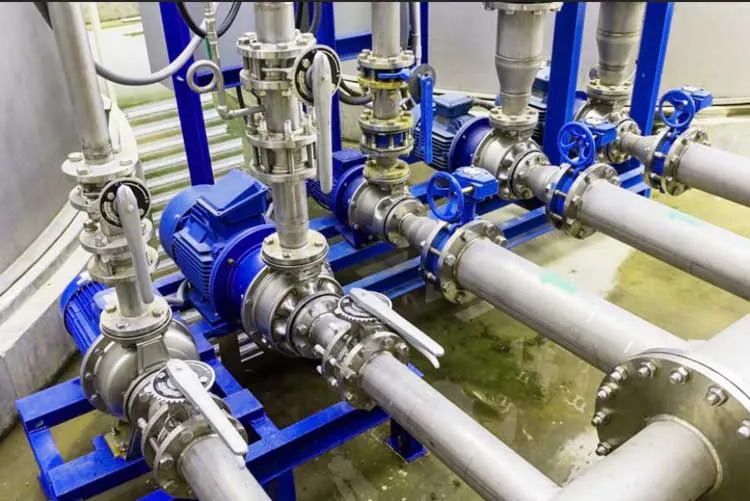Access to clean and safe drinking water is crucial for our health and well-being. However, the presence of lead in water can pose serious risks, especially to vulnerable populations such as children and pregnant women. In this article, we will explore the importance of testing for lead in water, understand the sources and health effects of lead contamination, discuss different testing methods, and provide a step-by-step guide on how to test for lead in water.
Understanding Lead Contamination
Lead contamination in water can occur through various sources, including old plumbing systems, lead pipes, solder, and fixtures. Corrosion of these materials can release lead particles, leading to elevated lead levels in water. It is important to note that lead is a toxic metal that can adversely affect multiple organ systems, especially the nervous system. Chronic exposure to lead can lead to developmental issues in children, cognitive impairments, and a range of other health problems in both children and adults.
Recognizing the Need for Testing
Certain populations are more susceptible to the harmful effects of lead exposure. Children, pregnant women, and individuals with compromised immune systems are particularly vulnerable. Signs that may indicate potential lead contamination include discolored water, metallic taste, and pipes or plumbing fixtures made of lead or lead-based materials. Regular testing for lead in water is crucial to identify and mitigate potential health risks.
Types of Water Testing Methods
When it comes to testing for lead in water, there are two main methods available: DIY test kits and laboratory testing. DIY test kits provide a convenient and affordable option for homeowners to test their water for lead contamination. These kits typically include sample collection bottles, testing strips, or reagents to detect the presence of lead. On the other hand, laboratory testing offers more accurate and comprehensive results. By sending a water sample to a certified laboratory, professionals can analyze the lead levels and provide detailed information about potential contaminants.
Steps to Test for Lead in Water
Before conducting a lead test, it is important to gather the necessary supplies and understand the testing process. DIY test kits usually come with detailed instructions that need to be followed carefully. When collecting a water sample, it is important to use a clean container and follow the specific guidelines provided with the kit. For laboratory testing, it is essential to follow the instructions for sample collection and preservation to ensure accurate results. Once the sample is collected, it can be sent to the laboratory for analysis.
Interpreting the Results
Understanding acceptable lead levels is crucial in interpreting the test results. The Environmental Protection Agency (EPA) has set the action level for lead in water at 15 parts per billion (ppb). If the test indicates lead levels above this threshold, further action should be taken to address the issue. It is important to note that any detectable level of lead in water can be harmful, especially for vulnerable populations. If concerns arise or if there is uncertainty about the results, consulting with water quality experts or local health authorities can provide valuable guidance.
Addressing Lead Contamination
If lead contamination is detected, prompt action is necessary to safeguard your health and the health of your loved ones. Mitigation strategies may include installing water filters or treatment systems that are specifically designed to remove lead from drinking water. Additionally, replacing plumbing materials containing lead, such as pipes and fixtures, can help minimize exposure. Seeking professional help is advisable, as experts can provide tailored advice and solutions based on your specific situation.
Preventing Lead Contamination
Prevention is key in ensuring safe drinking water. Regular maintenance and inspection of plumbing systems can help identify potential issues early on. Flushing pipes and running cold water before use, especially after prolonged periods of inactivity, can reduce the concentration of lead in water. Properly cleaning and maintaining faucets and fixtures also play a significant role in preventing lead contamination.
Conclusion
Testing for lead in water is essential to protect ourselves and our loved ones from the potential health risks associated with lead exposure. By understanding the sources of lead contamination, recognizing the need for testing, and following the steps outlined in this article, you can take proactive measures to ensure the safety of your drinking water. Remember, prevention and timely action are vital in safeguarding your health and well-being. Let’s prioritize clean and lead-free water for a healthier future.

